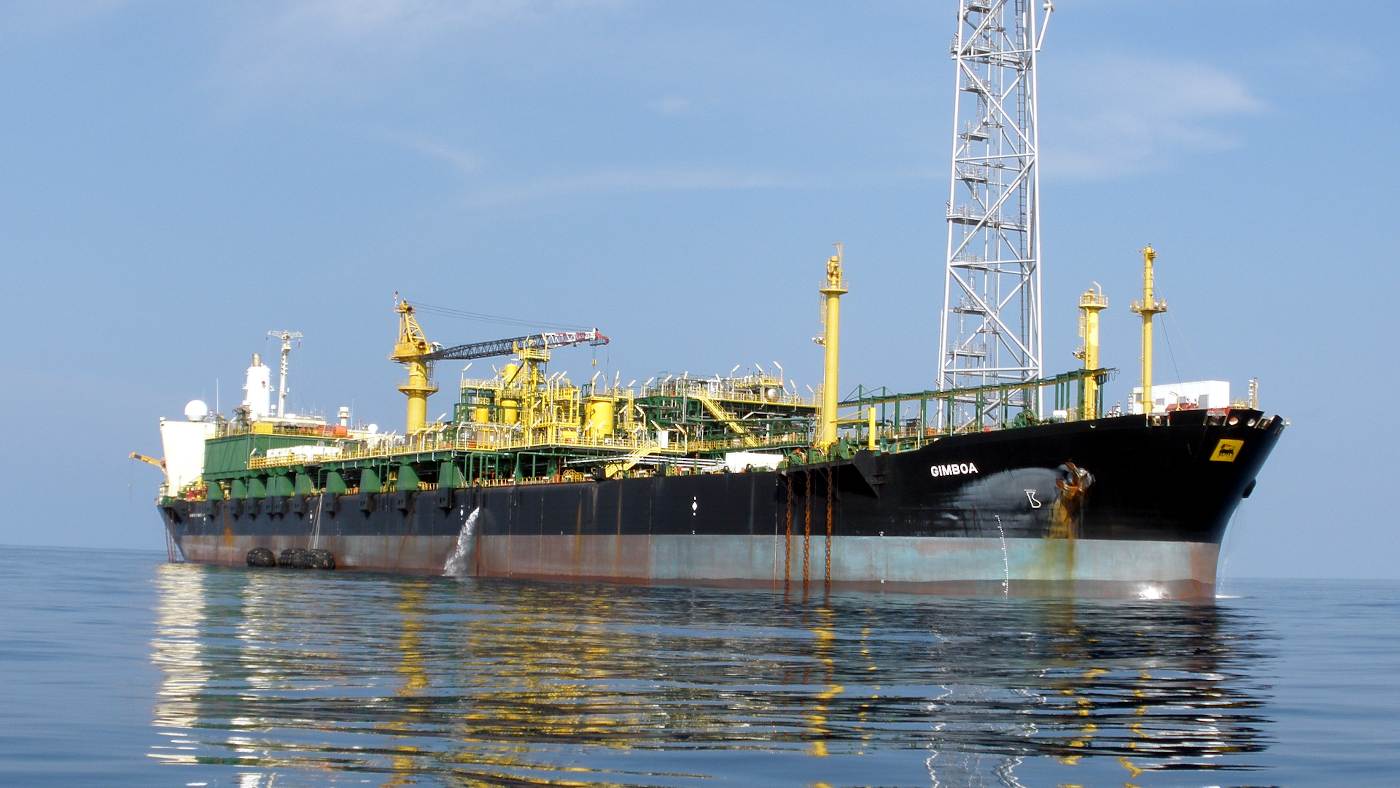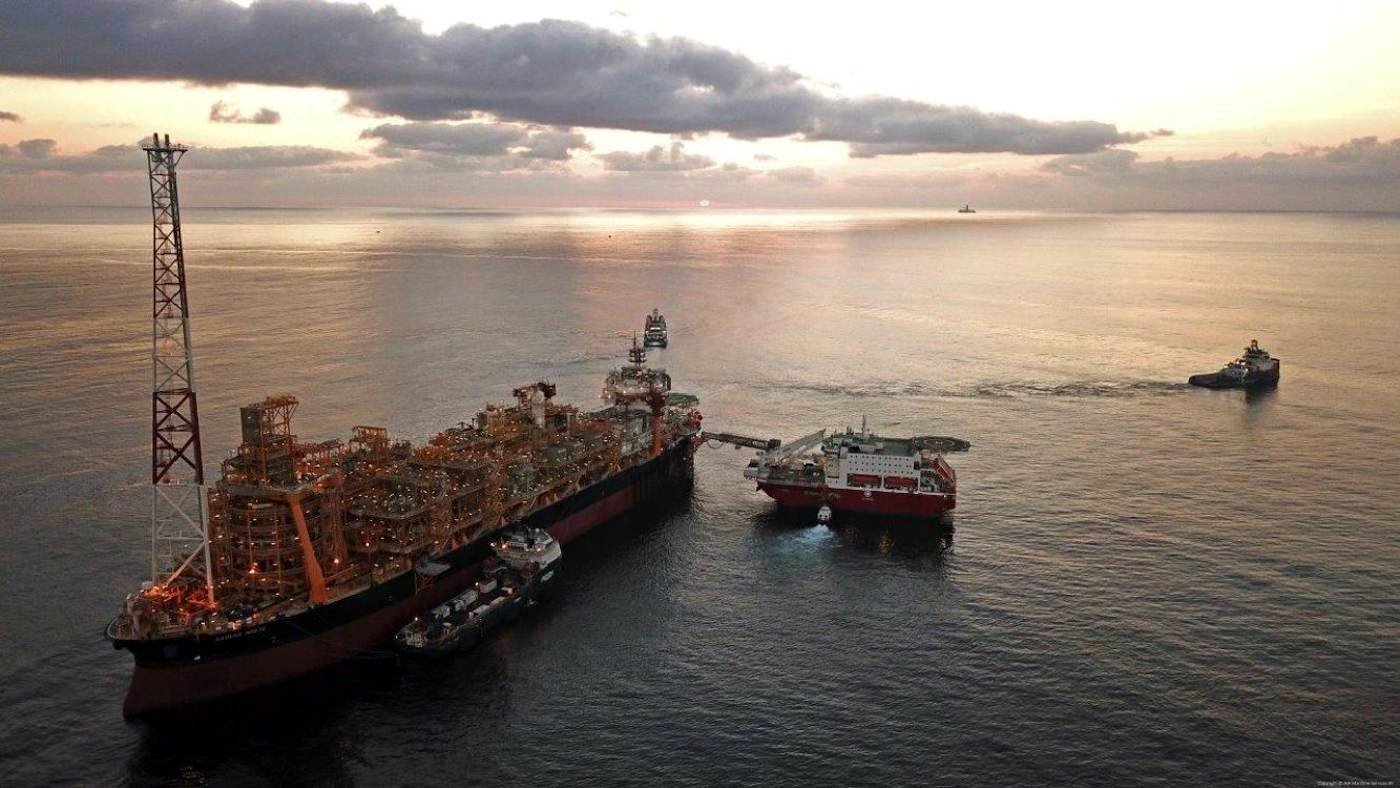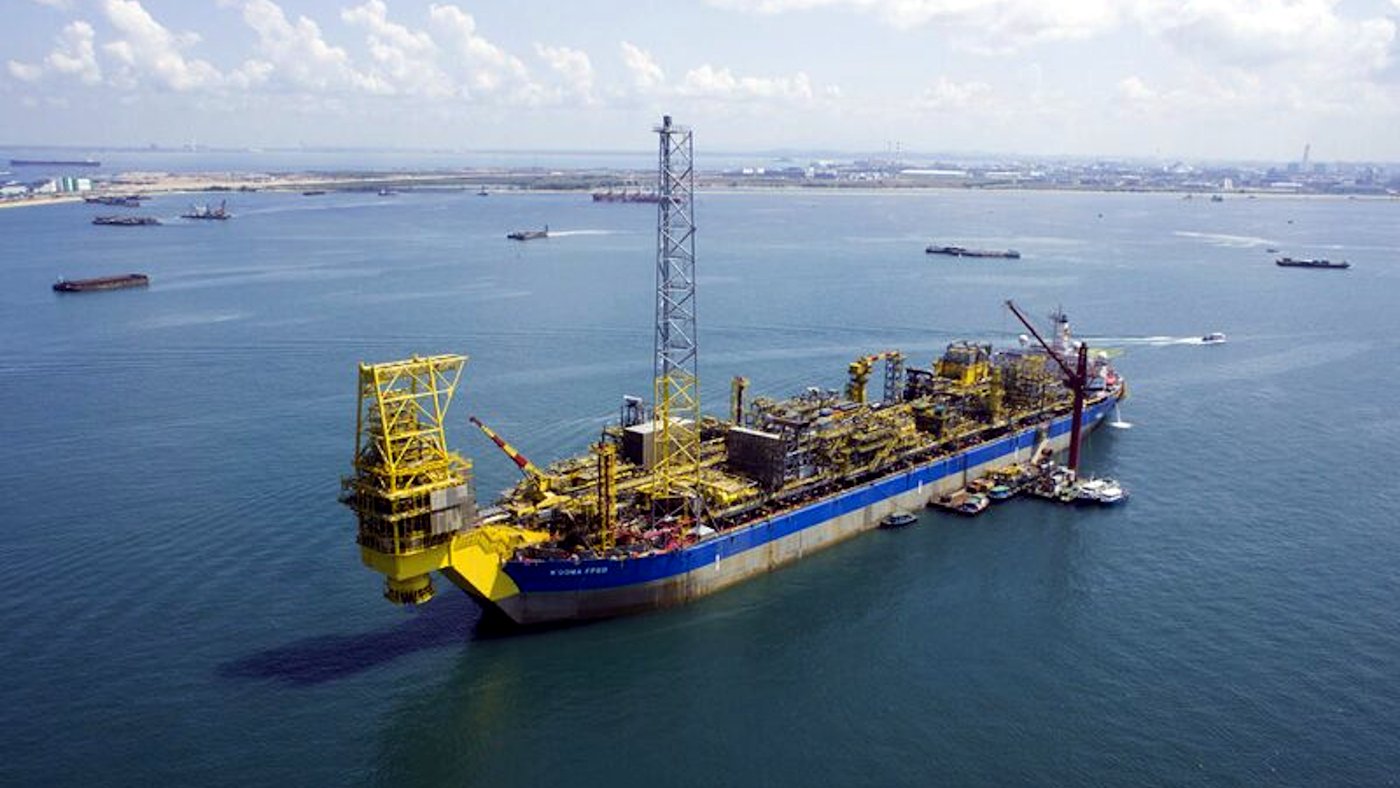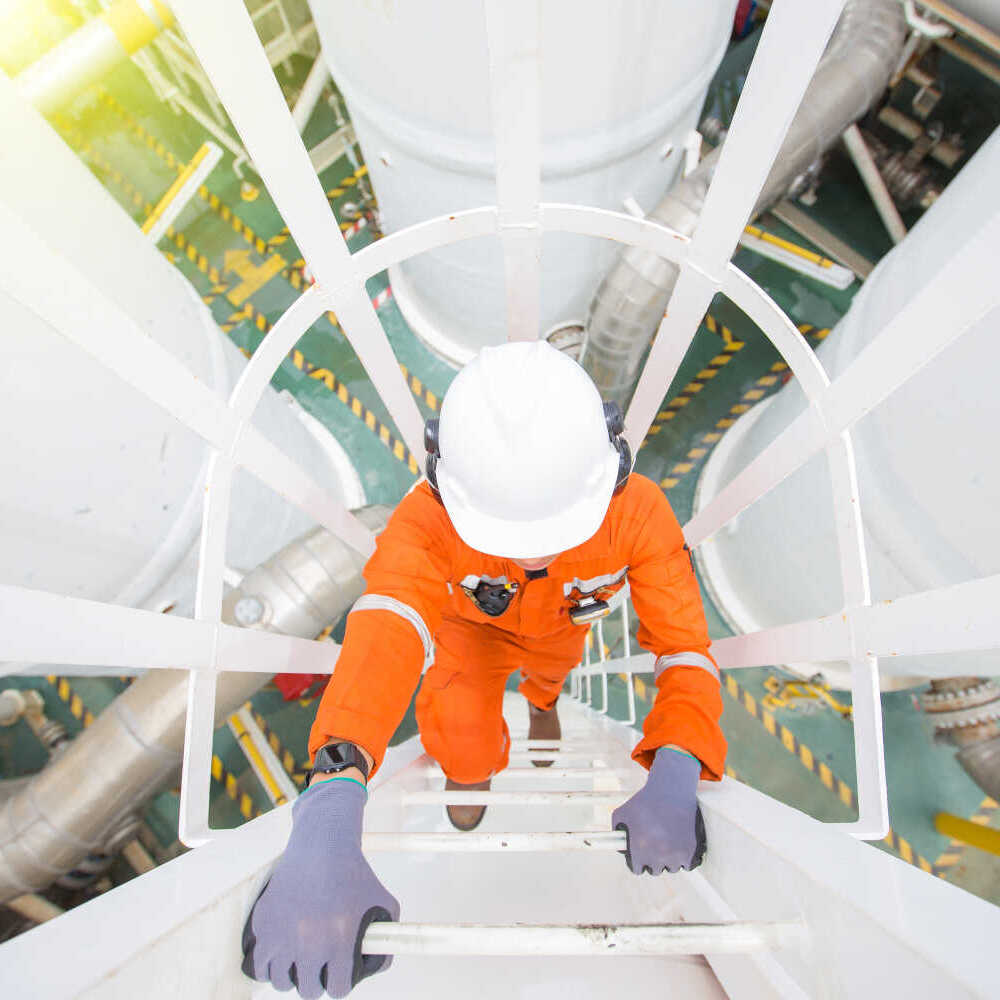Engineering Services

2020
Gimboa FPSO
The operator had undertaken numerous activities to improve the SRP performance over recent months but now reached a point where the membrane sulphate rejection performance had deteriorated, such that the 40 mg/l could not be achieved. The on-board team had already fully profiled the membranes and provided the resultant data, which had been used to identify a membrane load out pattern, with certain membrane vessels being removed from service to allow the worst performing elements to be removed from the system.
Upon arrival at the installation, our engineer held a meeting with the Production Team and a plan was agreed. In particular, the loading profile was discussed to decide the best way forward, to ensure minimal time that the membranes would be outside of the vessels.
The reshuffle of the membranes was undertaken in as short a time as possible, ensuring a minimal amount of time that the elements were out of system and thus not flushed.
The overall condition of the elements was good with little indication of fouling, there was some minor pressure damage visible in some of the elements, but this did not appear to result in significantly poor rejection. The performance of the 1st Stage elements was poor and replacement at the earliest opportunity recommended. The presence of carbon steel particles and flakes was identified as a result of a failed valve component, which required removal, inspection and replacement.
During the site visit there were several issues identified that our engineer recommended should be undertaken to improve the SRP operation overall. These were as follows:
• Modify software to close train vent valves after run-down, to reduce vessel drain down due to vacuum present on the product and reject lines.
• Place train in manual LP flush when offline immediately after run-down by opening inlet FV manually until approx. 60m3/hr is achieved at the inlet flow, ensure SBS dosing is started and that reject pressure becomes positive, confirming no negative pressure applied to reject side of vessels.
• Train continually raises OAR during ramp up to say flow not achieved, requires minor modification to inhibit whilst train is ramping, timer requires adjustment.
Our client was taking steps to implement our engineering services recommendations.

2019
In July 2019, one of our senior engineers was assigned to the Kaombo Norte FPSO at the request of the Saipem/Total team to assist with and optimise the CIP procedure and to improve membrane cleaning and operation. Upon review, it was identified that there was an issue with SRU Train A that had resulted with the inlet FCV driving fully open. After discussion with Veolia and the Saipem teams, a decision was taken to undertake the clean to Train B, which was duly progressed. Following return to service of Train B, discussion was undertaken in regards the situation with Train A.
In summary, the condition of the membranes within SRU Train A was identified as poor, there was heavy fouling present at the 1st stage lead elements and all have experienced pressure damage. The presence of material consistent with the CIP filter elements indicates there had been total element failure during a CIP procedure. Through this investigation, the client was then able to undertake the necessary corrective action.
The lead elements were all washed off with fresh water and the end plates refitted. The Train was de-isolated and refilled gradually via the inlet FCV bypass line. The vessels were fully vented at the respective bank vent valves. The train was then placed into low pressure flush manually before being restarted during night shift. The train was left running to overboard for the first 14 hours of operation and the inlet FCV position remained stable and in line with Trains B & C inlet valves, until the product from Train A was forwarded. At this point the inlet FCV starts to open and the inlet pressure increases, indicating that the possible cause of the high train pressure is an issue with the product forwarding line for Train A. The train was placed back online and forwarded but the inlet FCV PID block held in manual. At the end of our engineering services intervention, CIP procedure was optimised and membrane cleaning and operation had been significantly improved by our engineering services.

2015
This engineering services assignment was to inspect the three fine filters installed as part of the seawater treatment system on N’Goma FPSO. The filters had been subject to numerous operational issues since being commissioned, that resulted in them requiring a detailed inspection to ascertain their current condition and any necessary remedial actions to return them to a satisfactory level of operation.
The fine filters had been subject to operational conditions that resulted in media loss during the back wash sequences undertaken. The presence of media in the PSV’s confirmed that the up-wash velocity achieved during the up-wash stage of the back washes had been excessive and carried the media out of the filter via the back wash outlet system. There was also the possibility that the media may have been carried out of the filter via the partial drain line due to incorrect sequencing during manual back washes.
It is known that a large majority of the back wash sequences undertaken historically were done so without an operational back wash flow meter and also with poor back wash flow control valve operation. This certainly resulted in the loss of media from the filters, due to too greater up-wash velocity and is further supported by the fact that filter B had more media present than A or C. Filter B was out of service for an extended period due to excessive passing valves, hence it was not subject to as many back wash sequences. The SO4 Offshore engineer identified that it was imperative the backwash flow control system be brought to a reliable state of operation, such that large flow changes and poor control were eliminated from the back wash operation. He concluded that these changes were caused either by poor control loop set up, or operation of any valve that can affect a large flow change during the backwash sequences.
The other main engineering services issue affecting the filter operation was the high flow rate during the rinse cycle. This issue had to be addressed to allow the filter washes to be undertaken without impacting the downstream operation, due to excessive pressure drop caused by excessive flow. The excessive flow was also thought to affect the filter bed condition and could result in possible filter lateral damage, due to high differential pressure across the laterals. Our engineer identified that the rinse flow rate could be reduced by either installing a flow orifice downstream of the rinse valves, or by installing a valve limit clamp to prevent the valve from opening beyond the limit that will result in excessive flow. Upon this being undertaken the automated sequence could be set up to wash each filter at the optimum point for stable operation.
To ensure this could occur, our engineer recommended that the travel time of the filter outlet valves be adjusted to ensure minimal pressure change at the HP pump suction, when a filter goes offline and is returned to service. He also advised that an adjustable flow restriction valve be installed into the outlet valves instrument air-line, to allow the travel time of said valves to be increased and thus provide a more regulated control of overall fine filter outlet pressure and flow, when a filter is taken offline and placed back into service.
As a result of SO4’s intervention the fine filters were brought up to a satisfactory level of operation. This assignment was to inspect the three fine filters installed as part of the seawater treatment system on N’Goma FPSO. The filters had been subject to numerous operational issues since being commissioned, that resulted in them requiring a detailed inspection to ascertain their current condition and any necessary remedial actions to return them to a satisfactory level of operation.
The fine filters had been subject to operational conditions that resulted in media loss during the back wash sequences undertaken. The presence of media in the PSV’s confirmed that the up-wash velocity achieved during the up-wash stage of the back washes had been excessive and carried the media out of the filter via the back wash outlet system. There was also the possibility that the media may have been carried out of the filter via the partial drain line due to incorrect sequencing during manual back washes.
It is known that a large majority of the back wash sequences undertaken historically were done so without an operational back wash flow meter and also with poor back wash flow control valve operation. This certainly resulted in the loss of media from the filters, due to too greater up-wash velocity and is further supported by the fact that filter B had more media present than A or C. Filter B was out of service for an extended period due to excessive passing valves, hence it was not subject to as many back wash sequences. The SO4 Offshore engineer identified that it was imperative the backwash flow control system be brought to a reliable state of operation, such that large flow changes and poor control were eliminated from the back wash operation. He concluded that these changes were caused either by poor control loop set up, or operation of any valve that can affect a large flow change during the backwash sequences.
The other main issue affecting the filter operation was the high flow rate during the rinse cycle. This issue had to be addressed to allow the filter washes to be undertaken without impacting the downstream operation, due to excessive pressure drop caused by excessive flow. The excessive flow was also thought to affect the filter bed condition and could result in possible filter lateral damage, due to high differential pressure across the laterals. Our engineer identified that the rinse flow rate could be reduced by either installing a flow orifice downstream of the rinse valves, or by installing a valve limit clamp to prevent the valve from opening beyond the limit that will result in excessive flow. Upon this being undertaken the automated sequence could be set up to wash each filter at the optimum point for stable operation.
To ensure this could occur, our engineer recommended that the travel time of the filter outlet valves be adjusted to ensure minimal pressure change at the HP pump suction, when a filter goes offline and is returned to service. He also advised that an adjustable flow restriction valve be installed into the outlet valves instrument air-line, to allow the travel time of said valves to be increased and thus provide a more regulated control of overall fine filter outlet pressure and flow, when a filter is taken offline and placed back into service.
As a result of SO4’s engineering services intervention the fine filters were brought up to a satisfactory level of operation.
Project History
View our various worldwide on and offshore projects.
Procurement and Consumables Supply

Founded by engineers to source and place the best engineering talent for clients


